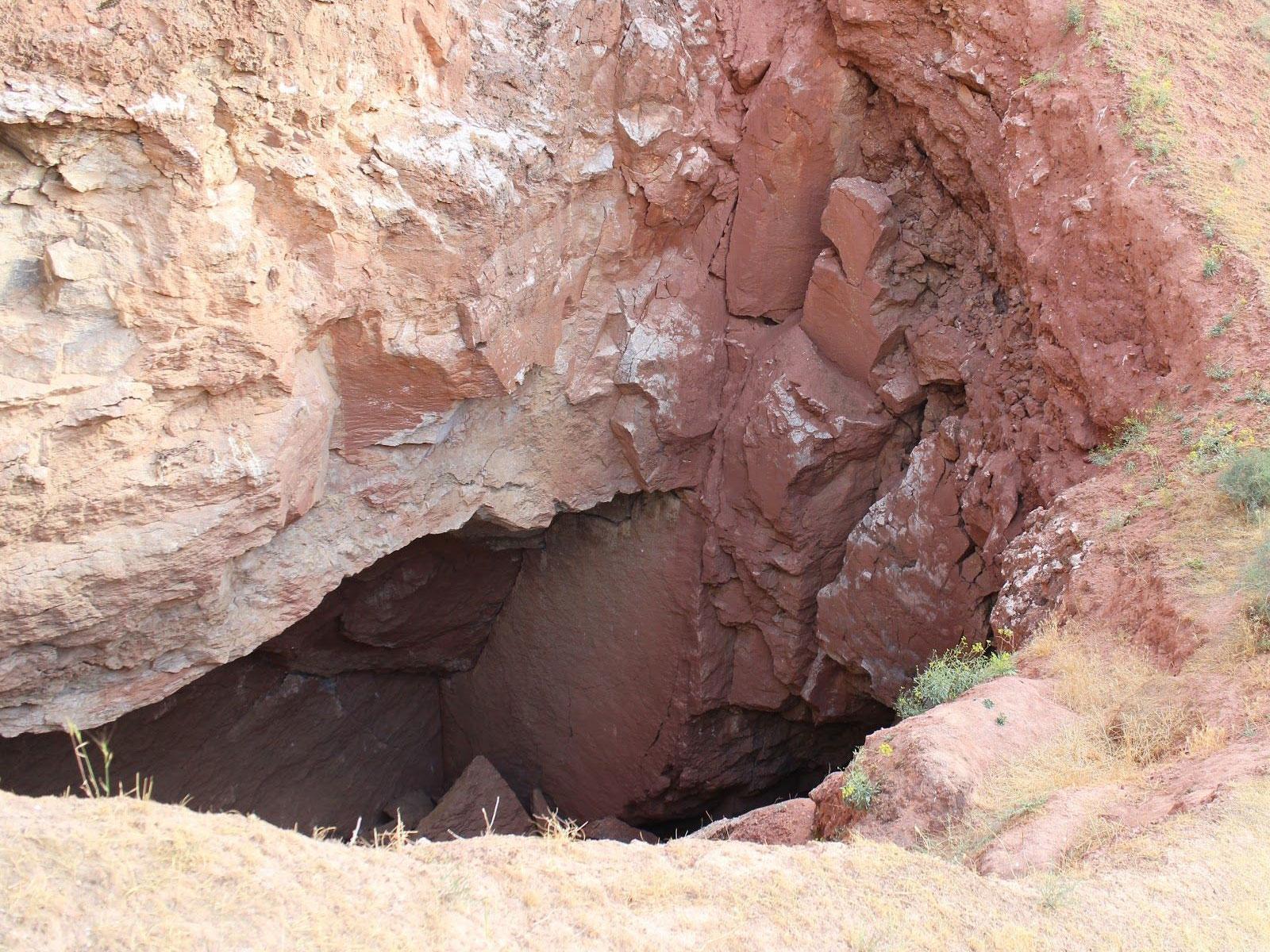'Mirabilis’ troglodyte: Smelly cheese used to catch an amazing new species in a cave
Scientists hail discovery of an 'unusual cave critter that has undergone a long evolutionary journey to adapt to the underground environment'

A new species of animal – a "mirabilis" troglodyte – has been discovered in a cave in Turkmenistan after scientists used smelly cheese to catch it.
The researchers reported the tiny creature represented not just a new species but a whole new genus or family of species. They named it Turkmenocampa mirabilis, meaning “unusual, amazing, wonderful, remarkable creature from Turkmenistan”, in honour of its special status.
The first ever purely subterranean animal ever found in the country was discovered in a remove cave at the foot of Mount Koytendag in a desert-like area with many ravines and ridges, which the scientists believe could hold many other species currently unknown to science.

The mountain has more than 300 caves and potholes, including one that goes more than 35 miles underground. One cave, called Gulshirin, is known for its beautiful snow-white passages and extraordinary formations.
The new creature, which was discovered in the Kaptarhana cave, is pale and eyeless insect-like creature just a few millimetres long. But what it lacks in size it more than makes up for in its significance as a species, according to the scientists who found it.
“What we have here is not only a new remarkable organism, but also an amazing and unusual cave critter that has undergone a long evolutionary journey to adapt to the underground environment of Central Asia," said Dr Alberto Sendra, of Alcala University in Spain.
His colleague, Professor Pavel Stoev, of the National Museum of Natural History in Bulgaria, added: “It is places such as Kaptarhana that can turn the tables by giving us new insights about the biodiversity richness, evolutionary history, formation and functioning of the underground ecosystems of this part of the world.”
In order to catch mirabilis, the scientists spent about eight hours looking for them in the cave, and also set pitfall traps baited with smelly cheese. While the visual search drew a blank, a number of the animals could not resist the scent of the cheese and were caught in the traps.
The discovery was described in the journal Subterranean Biology.
Join our commenting forum
Join thought-provoking conversations, follow other Independent readers and see their replies
Comments
Bookmark popover
Removed from bookmarks